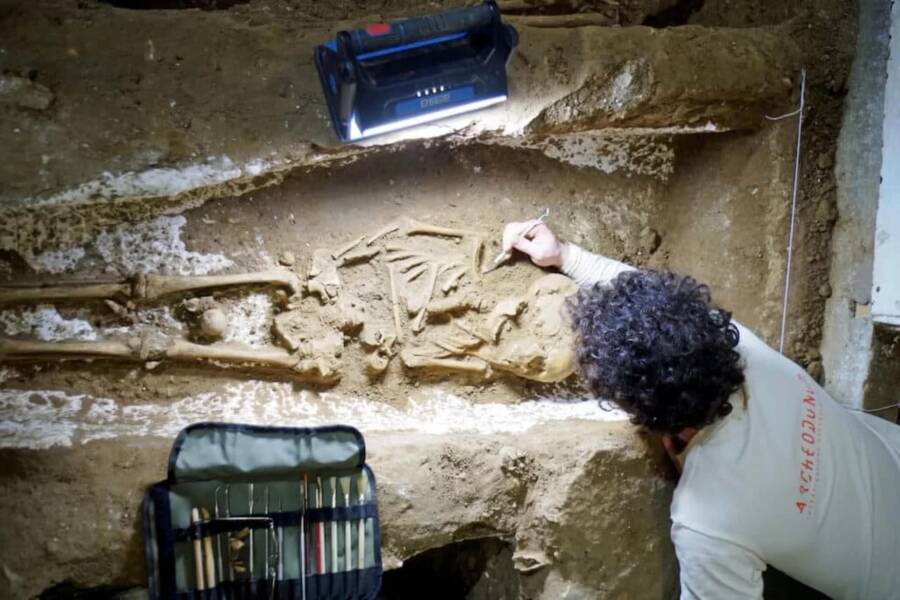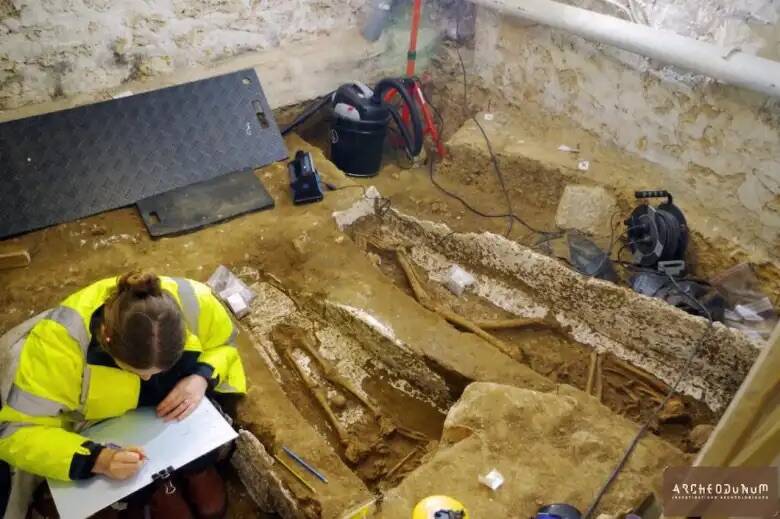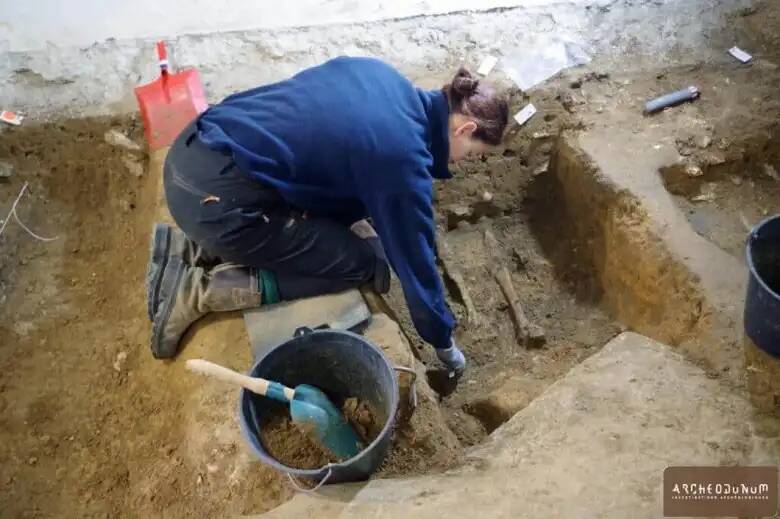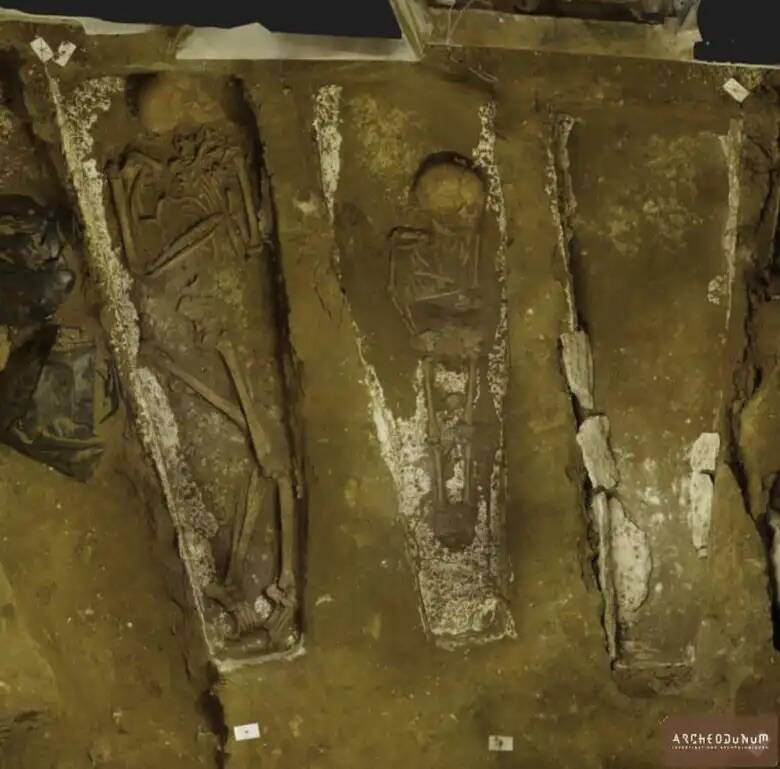Excavations unearthed 38 skeletons and 10 sarcophagi that were deposited at the site over the course of 700 years, between the third and 10th centuries C.E.

ArcheodunumAfter a Frenchman unearthed a skeleton beneath his house, an archaeological excavation revealed a total of 38 graves in his basement.
While renovating his basement, a French homeowner made a macabre discovery in the dirt beneath his house: a human skeleton. The find sparked an archaeological excavation that revealed the presence of 38 graves and 10 sarcophagi dating to the early medieval period.
Experts have long known that there was a cemetery in the area and have even uncovered a few sarcophagi over the centuries, but this is the largest excavation of its kind in the neighborhood. Now, researchers hope that analysis of the skeletons will shed light on the area’s former inhabitants and their medieval burial practices.
The Medieval Cemetery Found Beneath A Modern Basement

ArcheodunumThe tombs were meticulously arranged.
After uncovering a skeleton while renovating his basement, a man living in the Paris suburb of Corbeil-Essonnes called in experts to properly unearth the remains. The Regional Archaeology Service of Île-de-France sent researchers to excavate the cellar — and what they found was shocking.
The archaeologists excavated all four rooms in the basement, revealing 38 graves distributed across roughly 500 square feet. As Archeodunum — the group that carried out the task — reports, 19th-century scholars initially assumed that burials like these were linked to the Notre-Dame-des-Champs chapel, which was believed to have been built in the 7th century over a pagan temple.
However, there has never been any evidence of either structure found to support that theory, nor have archaeologists carried out a scientific investigation of the area until now. So, during the excavations, researchers learned that these graves were much older than their forebears believed.

ArcheodunumThis medieval cemetery was in use for more than seven centuries.
The graves were arranged in parallel rows, and the remains were deposited over the course of hundreds of years — from the third to the 10th century C.E. What’s more, the different types of burials uncovered during the excavations illustrate how funerary practices in France changed over time.
How Medieval Burial Practices Transformed Over The Centuries
The earliest burials found in the French cellar, dating to around the third century C.E., consisted of wooden caskets in deep pits. As time went on, however, funeral practices evolved, as evidenced by the later graves uncovered beneath the house.
As the Middle Ages began at the end of the fifth century, sarcophagi made of plaster came into fashion in the region. Archaeologists found 10 such sarcophagi in the cellar, though they weren’t decorated like many others were during the time period. Each of the 10 tombs held a single skeleton, and they were arranged in a fan-like shape.

ArcheodunumThree of the Merovingian sarcophagi found beneath the Frenchman’s house.
One sarcophagus uncovered in the basement was covered by a stone block. It is incomplete, so it’s difficult for experts to determine exactly how it originally appeared. However, the stone does feature common motifs found on plaster sarcophagi from the period, such as a rosette, a Latin cross, and another cross inside a circle.
Other information about the burials is scarce at the moment, as researchers are working to learn more about both the graves and the skeletons within them. For now, the remains will be transported to a lab for further analysis. There, experts will determine the sex of the individuals, their age when they died, and any medical conditions they may have lived with. They will also make note of the position of the bones and the objects found in the graves in hopes of learning even more about medieval burial practices.